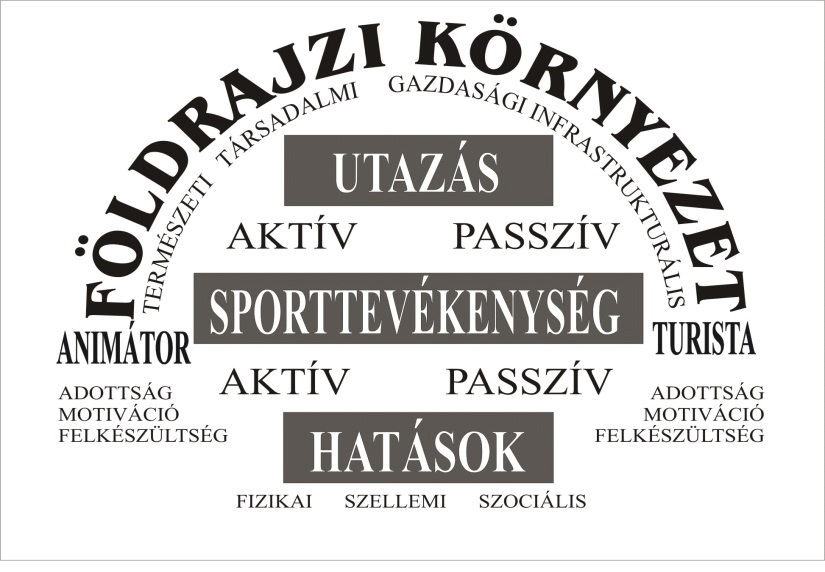III.3.2. By the activity of the sport tourist
By the activity of the sport tourist they can be active or passive.
Active sport tourists are regular or occasional active participants of professional or amateur sport events, championships mass sport events, training camps, recreational camps and hikes.
Passive sport tourists are those people who accompany the active sportspeople. (coaches, physicians, massage therapists, husbands/wives), reporters, or supporters. Events of the highest rank, including the Olympic Games, Football World Cups, Formula 1 races, attract huge masses of these passive tourists. Similar to these we can identify passive tourists (family members, relatives, friends etc.) in the area of recreational sport as well.
Passive sport tourism is most often related to professional sport and the main motivation of tourists is the love of a particular team or sport person, club, or a nation. Sometimes it is related to nostalgic feelings as well. (Fairley and Gammon 2006, Smith and Stewart 2007). The supporter feels that the success of the team or of the sportsperson is his own success. On the other hand, the desire to get away from everyday problems, positive stress, entertainment, the beauty of the given sport or the quality time spent with family members or friends also play a role. When examining supporters from the point of view of social studies, there is a considerable difference between individual and team sports. Collective identification varies by age, region, type of sport and even club. (Bali J. 1998). ’Supporter’ tourism is one of the most complex areas concerning the relationship between sport and tourism.
The ’passivity’ of supporters is relative when compared to the main attraction. In events, the ’accompanying’ persons at major sport events can even play an active role or, they can be engaged in certain sport activities themselves. The Tour de France can be quoted as an example, when, after the cyclists pass, supporters also ride their own bicycles..
Gammon and Robinson (1997), considering the goal of travel and the type of sport activity, identified the following categories:
- Hard Sports Tourism: travel and activities, related to active participation in a given sport event or training camp (competitor or organizer) or, being a spectator there.
- Hard Tourism Sports: sport activity is not the primary aim of these tourists, but the tourist may use the opportunity accidentally or on purpose to be engaged in some sport activity.
- Soft Sports Tourism: the primary aim of travel and activities is participation in a recreational sport activity.
- Soft Tourism Sports: the tourists, whose aim is not sport, randomly uses sport tourism offers..
Bánhidi’s (2007) sport tourism model, based on geographical foundations was adapted by Tóth (1981) when elaborating his theoretical model. Tóth emphasized the complexity of the geographical environment (nature, social characteristics, economy and infrastructure). He also differentiated between active (personal presence) and passive forms (travelling by a vehicle) in relation to travel as well. (Figure 2). The fact that recreational exercise and sport have become popular led to the situation, that these physical activities improve the quality of life and they are increasingly important aspects during travel. (Kiss and Rátz 2007).

2. ábra: Sport scientific model of sport tourism . Source:: Bánhidi 2007.
Geographical environment, natural, social, economic, infrastructural
Travel, active, passive, sport activity, active, passive, impact, physical, intellectual, social
Animator, skills, motivation, preparedness
Tourist: facilities, motivation, preparedness